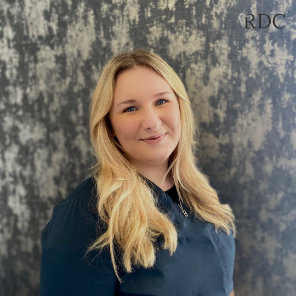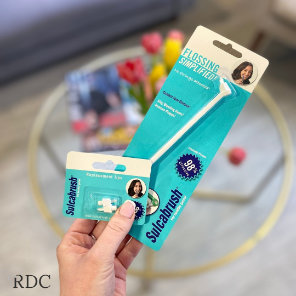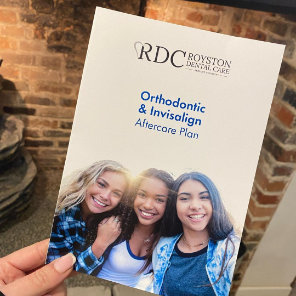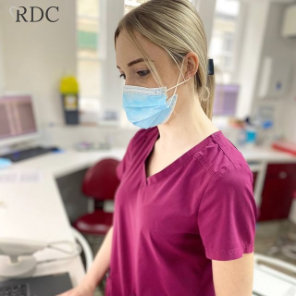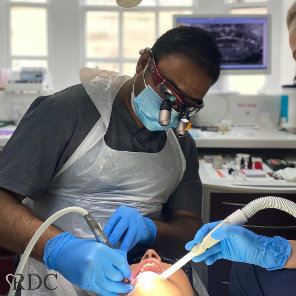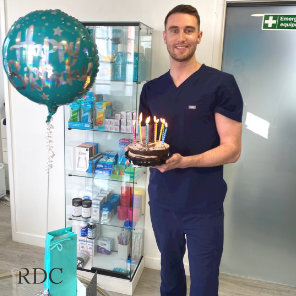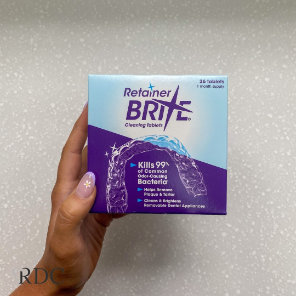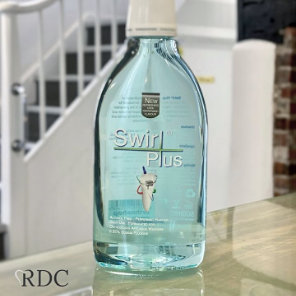Stunning smiles by award-winning Specialists Bespoke Dentistry
Free ConsultationWhy choose Royston Dental Care?
When it comes to your smile, we offer the highest level of expertise and professional care to achieve the best results possible.
Over 5000 teeth straightening cases completed
Invisalign®Platinum Elite Providers
Over 5000dental implants placed
Free video consultations
Over 30 years of dental experience
Highly-trained, UK-qualified clinicians
and staff
Award-winning smiles
Our team is dedicated to excellence in dentistry and orthodontics. We are honoured to be recognised for our hard work and commitment to the patients we serve.
Invisalign® for adults
Discreet solutions, stunning results
Invisalign® is a gentle yet effective treatment for busy adults who want a straighter smile without wearing metal braces.
Invisalign® for adults
Invisalign® for teens
Customised to fit a range of issues
Nearly invisible, removable clear aligners are highly effective at straightening both large and small dental issues in teens.
Invisalign® for Teens

Invisalign® for children
Exceptional care for growing smiles
Invisalign® First promotes healthy jaw and tooth alignment at a pivotal point in your child’s development.
Invisalign® for Kids

Teeth straightening
Customised solutions designed for you
We take a custom approach to every treatment plan, offering only the best teeth straightening treatments to help you get a straighter smile. Our clinicians’ attention to detail and state-of-the-art technology are key to your long-lasting results.
teeth straightening treatments
Cosmetic dentistry
Aesthetic enhancements for your best smile
We believe you should have a smile you can’t wait to show off. Our cosmetic dental solutions help our patients achieve the look they want via cutting-edge solutions and a team of highly-experienced professionals.
Cosmetic dentistry
DENTAL IMPLANTS
Rebuild Your Smile with Confidence
We understand that each smile is unique, which is why our dental implant treatments are tailored specifically to your needs. Our skilled clinicians leverage advanced technology and techniques to ensure your implants are not just aesthetically pleasing but also functional and durable.
Dental implants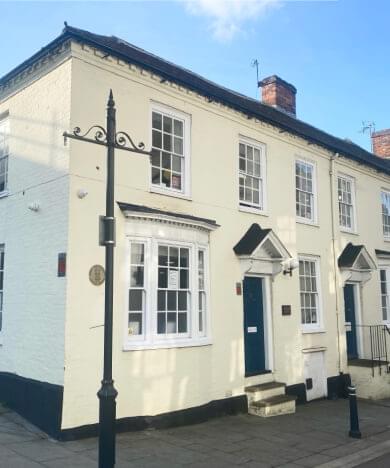
Our difference
30 Years of experience sets us apart
Royston Dental Care is proud to be the team our patients trust when it comes to creating stunning smiles. We work relentlessly to provide exceptional treatment plans for each patient and actively share the love of our craft with our peers.
Highest private patient care
Award Winning Specialists
International lectures
Multi-disciplinary team
Patient reviews
Find out what our patients say about our clinic, team, and treatments.

Costs
Your new smile could cost as little as £89 a month
Our range of offers and comprehensive pricing plans help make teeth straightening and cosmetic dentistry an option for every budget. We will provide you with a custom quote during your initial assessment.
Costs





